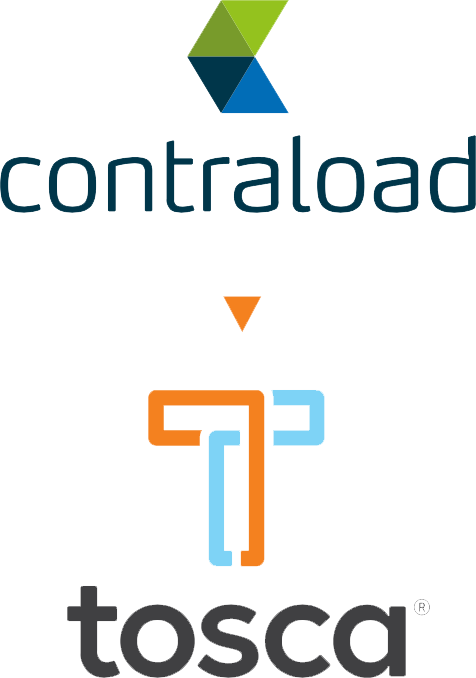How to Create a Culture Focused on Food Safety
Food safety is a critically important tenet to the part packaging plays in the grocery supply chain and building a culture focused on food safety can help. Producers need to know that the food they place in containers will be kept safe from recall, retailers need to trust that the food they receive is safe to put on shelves, and most of all, consumers need to know that the food they purchase for themselves and their families will nourish and not harm. According to a 2012 study by FMI and GMA, the average direct costs for food companies during a recall is $10M dollars. This cost only increases as the size of the business increases.
As the leading reusable packaging supplier in North America, every Tosca team member knows how critical food safety is. That is why we have built an entire culture around food safety and work daily to improve it.
What is Food Safety?
Every industry involved with food needs a program to oversee their food safety measures. Tosca regards food safety with the utmost importance and has chosen to follow the frame work set up by FSSC and the ISO organizaiton Our ISO22000:2018 and ISO T/S 22002-4 standard defines things like GMPs, sanitation, environmental monitoring, food defense and bio-security, supplier management, and allergen management. Five hundred and sixty four process documents are used to outline every step of this food safety process and each of our 18 North American wash site requires a series of meticulous audits from an independent third-party certifying body.
Why Food Safety Culture is Necessary for Every Organization
Food safety culture protects your business from the most devastating kinds of risk. When the entire organization is regularly reminded how important practices are, the whole program improves. For example, at Tosca we follow the PDCA cycle, plan, do, check, and act, to make sure our Food Safety programs are always improving. Careful attention to each one of these steps in every process enables us to catch opportunities for non-conformance before they happen. Adherence to the PDCA cycle indicates how well an audit is going to go, and offers the knowledge and foresight to handle the worst sort of situations, such as contamination by food borne illness. Recall becomes less likely and a severe recall becomes unheard of.
Food Safety Culture Is Something You Can See
If you look in the right places, food safety culture is easy to identify. A well-built food safety culture starts at the top. According to 80% of food safety professionals, creating and maintaining an active food safety culture is the most important aspect of senior leadership. For careful food-safe behavior to become normalized throughout an organization, those who are identified as leaders must exhibit the behaviors first. This attitude works its way around to everyone in the organization and permeates into daily efforts and conversations.
The next step to building a food safety culture is to create objects and programs that are visibly seen, as well as spoken values and rules. Programs such as an annual internal audit program, an annual management review, and an annual test of the emergency response program all bring food safety to the forefront and allow for team members from other departments to participate in food safety. Visibly seen programs create an overall adherence to high standards and an underlying energy to maintain food safety across the board. Well-built food safety programs also give each team member a part to play in the work to keep people and food safe, and offer them ownership and responsibility for something critically important.
How to Drive Food Safety Culture
The good news is that food safety culture can become a key part of your strategy as long as you do the following in your daily operations.
Enable your team members to succeed:
- Maintain regular and effective communication
- Remind them to keep the customer in mind
- Set a regular performance review for every team member so you can spot problem areas early
Build engagement with the food safety culture:
- Get team members involved so they have a vested interest in the outcome
- Provide them with an opportunity to provide feedback, so they can be heard
- Include supervisors and leads in cross functional audit teams
- Include participation events with an attached reward structure, such as offering learning opportunities during National Food Safety Education Month
- Offer regular recognition for good performance of the system
Be the kind of management that is known to exemplify and encourage:
- Lead by example with both words and actions
- Train and reinforce constantly and consistently
- Let team members know that their work matters
Food Safety at Tosca
At Tosca, food safety is more than just a checked box or a meeting topic; food safety is part of our culture. We are committed to food safety culture and continuously work to strengthen it every day. Food safety is so vital to who we are that we have made it one of our key focus areas, signifying its importance to all of our team members and customers. From top to bottom, we have created an organization fixated on keeping perishable products safe for the end consumer.


